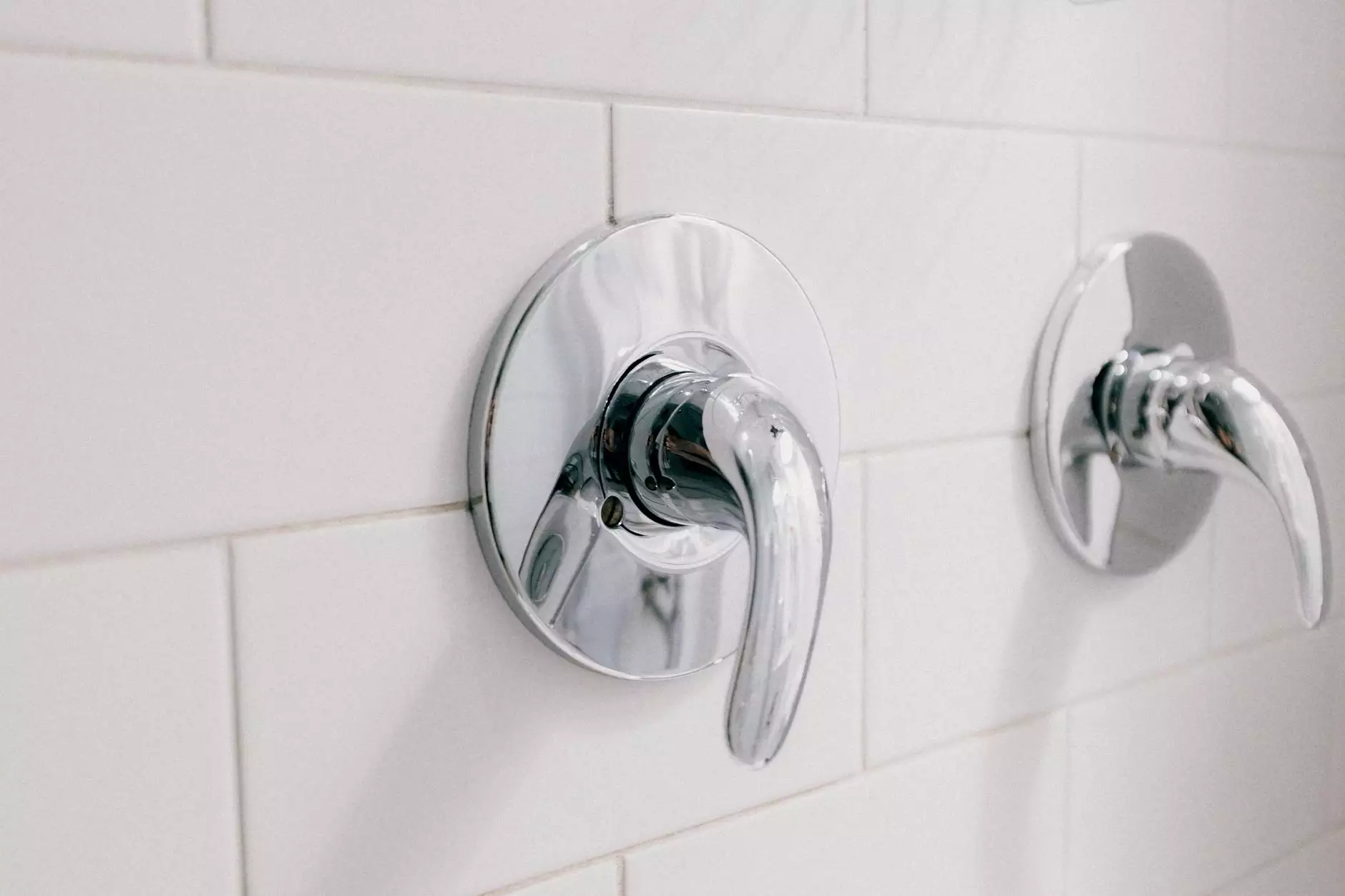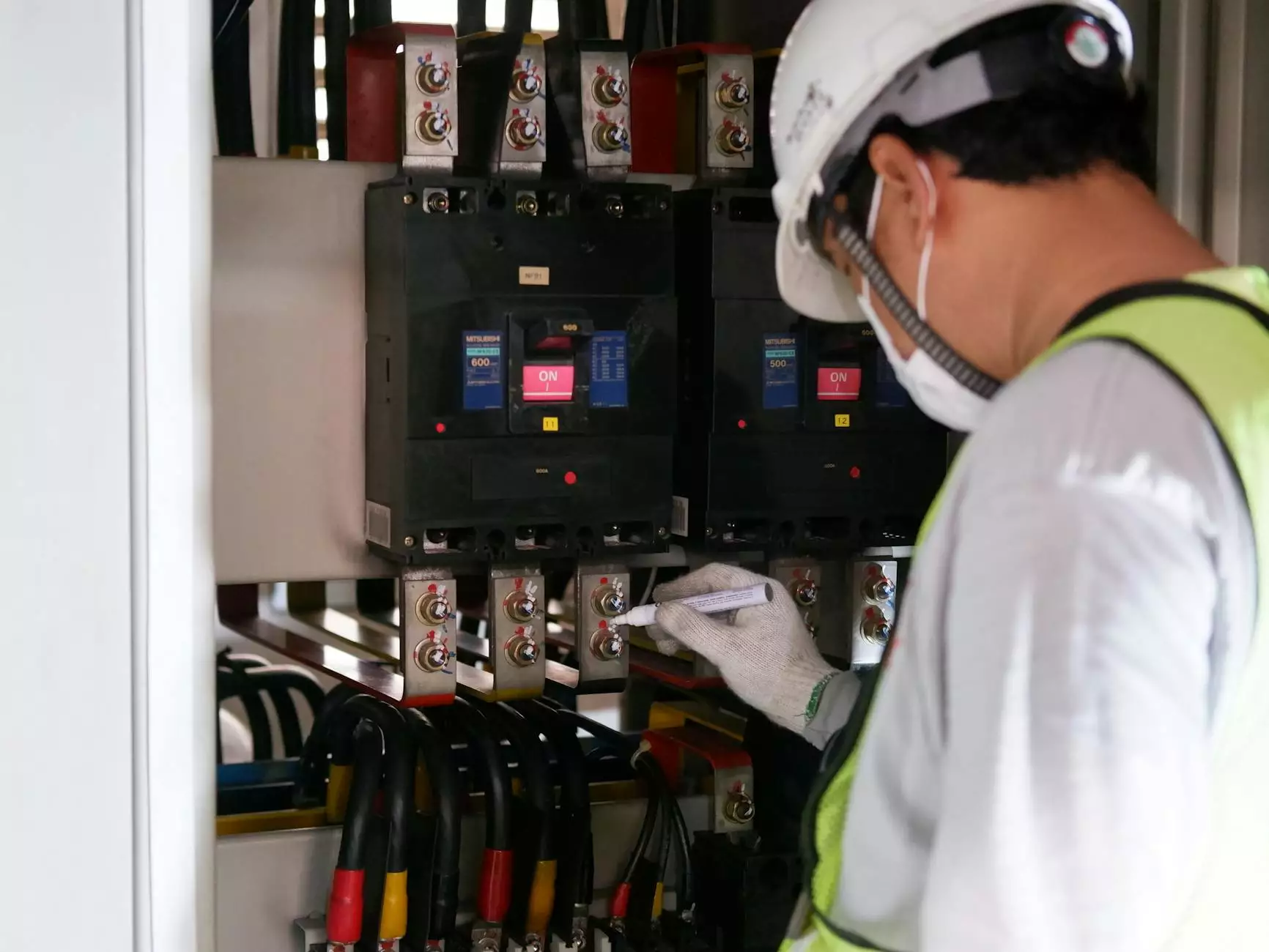Transform Your Swimming Pool with Expert Pool Tile Renovation

Are you tired of looking at your old, worn-out pool tiles? Do you dream of transforming your swimming pool into a stunning oasis that enhances your home’s beauty? Look no further! A professional pool tile renovation can breathe new life into your swimming pool, making it a refreshing retreat for you and your family. In this comprehensive guide, we will explore everything you need to know about pool tile renovation, detailed processes, benefits, and considerations to ensure your project's success.
What is Pool Tile Renovation?
Pool tile renovation refers to the process of repairing, replacing, or upgrading the tiles in and around your swimming pool. This renovation not only improves aesthetics but can also enhance functionality and safety. The tiles in your pool play an essential role in maintaining water chemistry, preventing leaks, and providing a slip-resistant surface.
Why is Pool Tile Renovation Important?
The importance of pool tile renovation cannot be overstated. Over time, pool tiles can become cracked, chipped, or discolored due to various factors such as:
- Weather Conditions: Sun exposure, heavy rains, and fluctuating temperatures can damage tiles.
- Chemical Exposure: Pools are subjected to strong chemicals that can wear down tile surfaces.
- Wear and Tear: Regular use leads to the overall deterioration of pool tiles.
Not only does this deterioration affect the visual appeal of your pool, but it can also lead to expensive repairs if left unattended. Renovating your pool tiles can extend the life of your pool, ensure safety, and enhance its overall allure.
The Renovation Process
Understanding the process of pool tile renovation is crucial. Here’s a step-by-step breakdown of what to expect:
1. Initial Assessment
The first step is a thorough assessment of your current pool condition. Professionals will inspect the tiles, grout, and overall structure. This evaluation will guide the renovation project.
2. Choosing the Right Materials
Selecting the right tiles is essential for ensuring longevity and visual appeal. Options may include:
- Ceramic Tiles: Affordable and come in various designs.
- Porcelain Tiles: Durable and easy to maintain.
- Glass Tiles: Elegant and reflective, great for aesthetics.
- Natural Stone Tiles: Unique appearance but requires more maintenance.
3. Removal of Old Tiles
Once materials are chosen, the old tiles are carefully removed. Professional contractors use specialized tools to prevent damage to underlying surfaces.
4. Surface Preparation
After removal, the surface underneath must be cleaned and prepared. This step often includes:
- Repairing any damage to the pool substrate.
- Applying waterproofing measures to prevent future leaks.
5. Installation of New Tiles
New tiles are then installed with precision. This involves using the appropriate adhesive and ensuring proper alignment for a seamless finish.
6. Grouting and Sealing
After the tiles are placed, grout is applied to fill the gaps. Sealing the grout is important to prevent mold and mildew growth while ensuring a waterproof barrier.
7. Final Inspection and Cleaning
Before completion, a final inspection guarantees that the renovation meets quality standards. The pool will then be thoroughly cleaned, ready for filling.
Benefits of Pool Tile Renovation
Investing in pool tile renovation brings numerous benefits:
1. Aesthetic Enhancement
By updating your tiles, you significantly improve your pool's visual appeal. New tiles can compliment your outdoor decor, making your pool area inviting.
2. Increased Property Value
A beautifully renovated pool can increase your home's resale value.Potential buyers are often willing to pay more for a well-maintained pool.
3. Improved Safety
Old, cracked tiles can pose a safety hazard. Renovating ensures that your tiles are slip-resistant and intact, creating a safer environment for users.
4. Reduced Maintenance Costs
New tiles often require less maintenance, and the proper installation reduces the chances of future repairs associated with leaks and damage.
Common Mistakes to Avoid
When considering pool tile renovation, avoid these common pitfalls:
- Neglecting Professional Help: DIY renovations might seem cost-effective, but professional expertise ensures proper installation and durability.
- Choosing Low-Quality Materials: Opting for inexpensive tiles can lead to quicker deterioration and increased costs down the line.
- Ignoring Maintenance: Regular upkeep post-renovation is vital for extending the life of your new tiles.
Cost Considerations for Pool Tile Renovation
The costs associated with pool tile renovation vary based on several factors, including:
- Size of the Pool: Larger pools require more materials and labor.
- Type of Tiles: Different materials carry varying price tags.
- Labor Costs: Professional fees can vary by region and project complexity.
On average, homeowners can expect to spend anywhere from $1,500 to $10,000 for a complete tile renovation. It's essential to get quotes from multiple contractors to ensure you receive a fair price.
Maintaining Your Renovated Pool
Once your pool tile renovation is complete, maintaining your investment is crucial. Consider these tips for upkeep:
- Regular Cleaning: Keep tiles free from debris and algae buildup.
- Water Balance: Regularly test and adjust the pool's chemical balance to protect tiles.
- Inspect Grout: Periodically check for cracks or missing grout and repair them promptly.
Conclusion
In conclusion, pool tile renovation is an essential process for maintaining the beauty, safety, and functionality of your swimming pool. By investing in professional services, choosing high-quality materials, and adhering to proper maintenance practices, you can transform your pool into the stunning centerpiece of your outdoor space. For expert pool tile renovation services, don't hesitate to reach out to us at poolrenovation.com. Your dream pool awaits!









